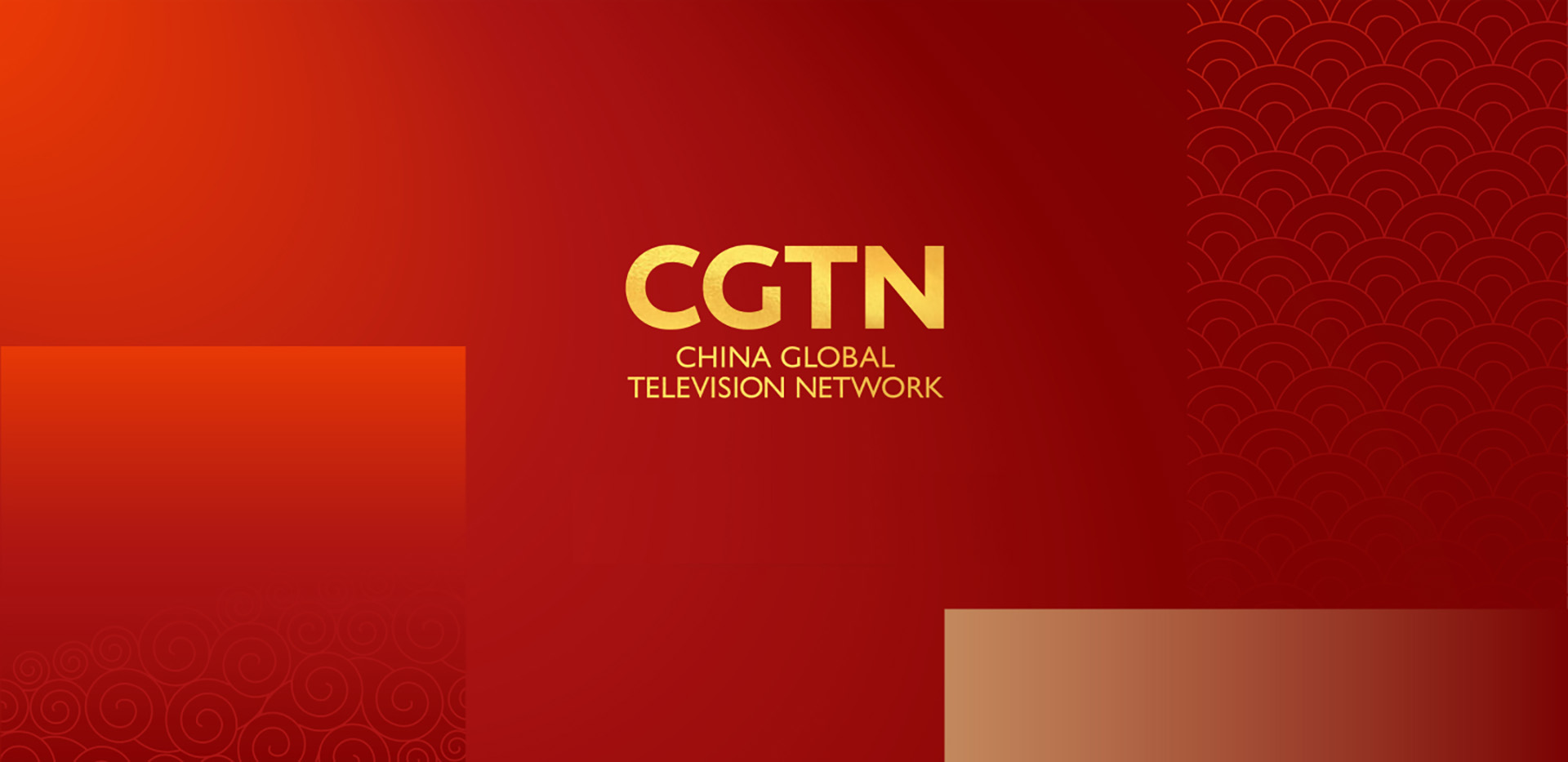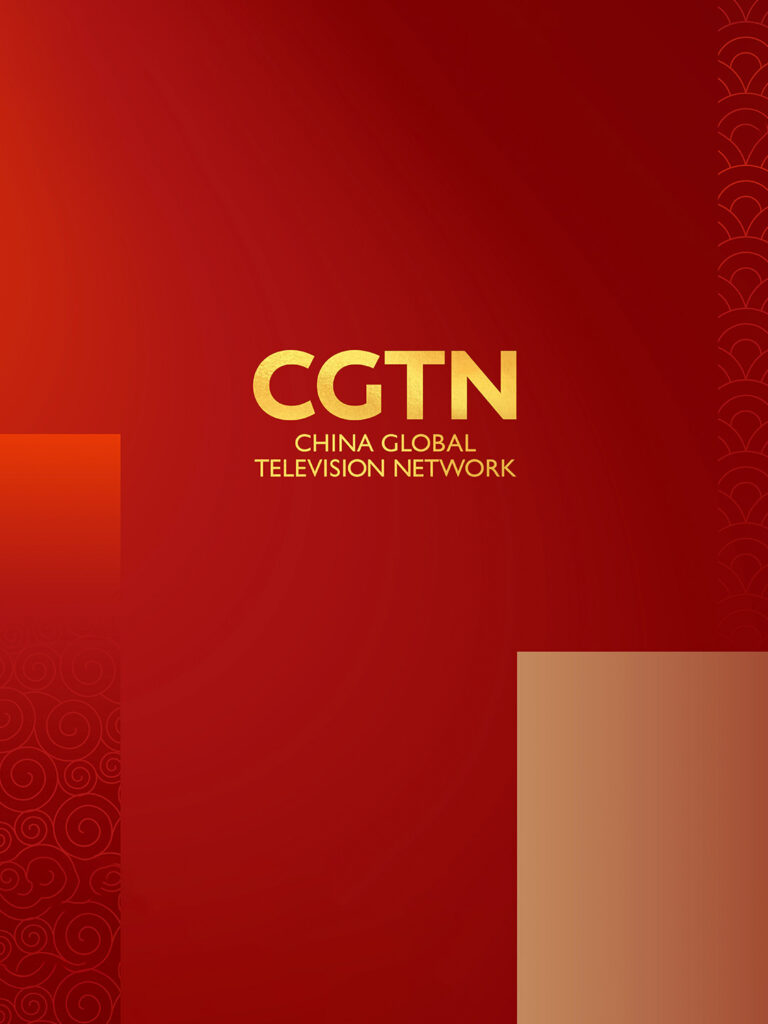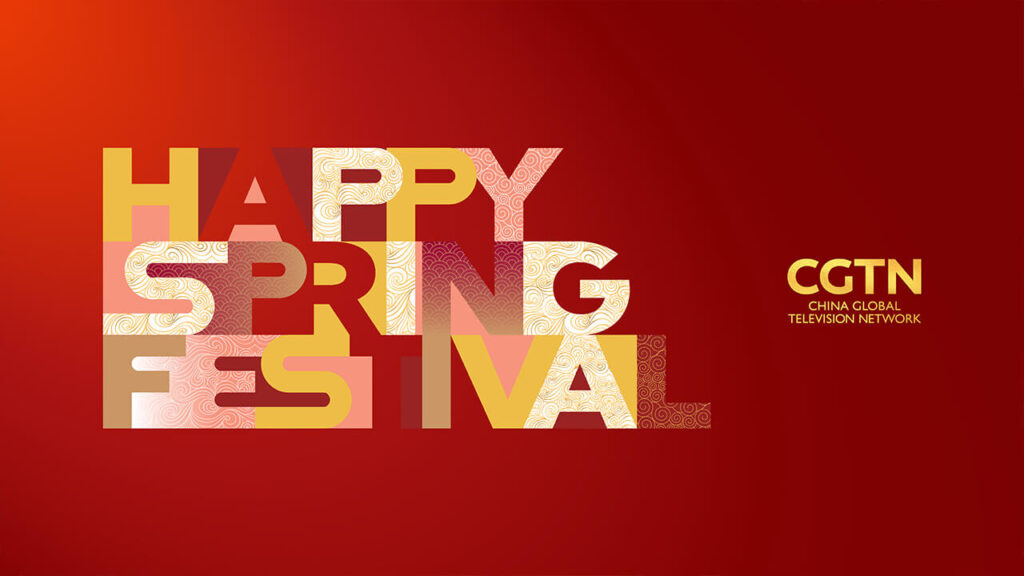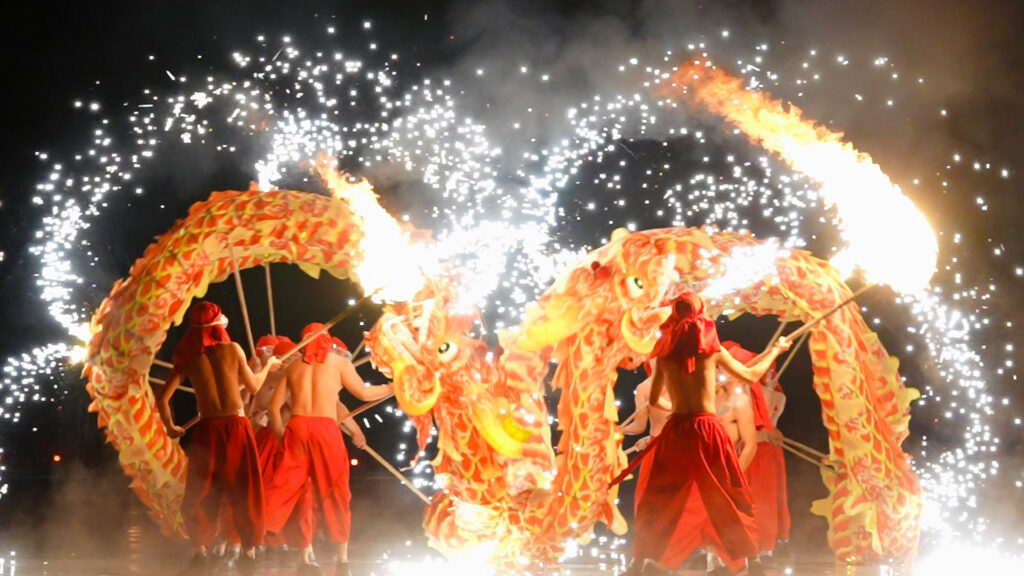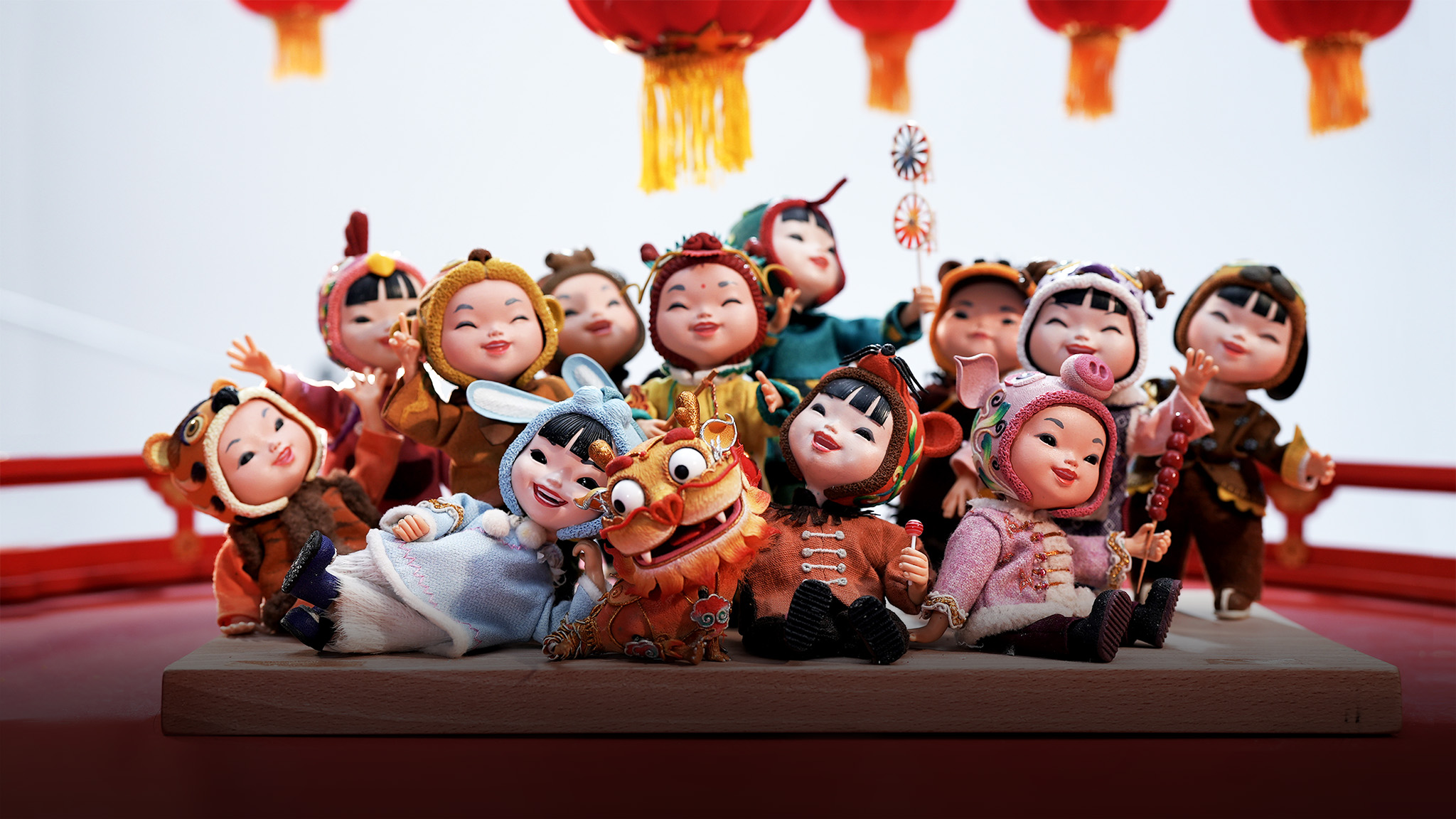
A Hundred Blessings
The Chinese dragon is an enduring symbol of Chinese culture, and takes center stage in this year’s vibrant
T he Chinese dragon soars across the sky, pacing to win the Great Race organized by the Jade Emperor. As it flies towards the finish line, it spies a village below, one suffering from severe drought. The dragon veers off course, using its breath to summon clouds and bring much-needed rain—a diversion that results in a fifth-place finish in the race, after the rat, ox, tiger, and rabbit.
This selfless act may have cost the mighty creature its victory in the race, but it also helped earn the dragon its reverence as a force for good in Chinese culture. For millennia, the dragon—called ‘loong’ in Chinese—has been associated with power, wisdom, righteousness, and good fortune, its symbolism interwoven into Chinese culture and history. In ancient China’s agrarian society, where water was life, dragon dances were performed in rain rituals. Over time, they evolved into a form of folk entertainment, remaining a hallmark of Spring Festival celebrations.

Legends of Prosperity
In contrast with its Western counterpart, where each of the 12 zodiac signs corresponds to approximately a month, the Chinese zodiac designates an animal to an entire year in its lunar calendar cycle, each embodying distinct characteristics. Among the Chinese zodiac animals, the dragon is the most mystical, reputed to be a harmonious amalgamation of various creatures—combining the antlers of a deer, the eyes of a rabbit, the neck of a snake, the talons of an eagle, and the ears of an ox—illustrating the concept that the whole is indeed greater than the sum of its parts.
In addition to its symbolic significance, the dragon is believed to wield power over water, possessing the ability to summon rain and prevent floods. Indeed, it was embroidered onto the robes worn by Chinese emperors as they made offerings to the heavens, praying for good weather and bountiful harvests.
The Year of the Dragon is considered auspicious for births, with those born in a Dragon year often believed to be destined for greatness—a belief that has contributed to increases in birth rates in China and among the Chinese diaspora in 2000 and 2012, the most recent Years of the Dragon.

A Bounty of Happiness
Recognized within Chinese communities globally, the Spring Festival is a time of vibrant celebrations that honor age-old customs and meaningful traditions, symbolizing prosperity and good fortune. Also known as Chinese New Year, the festival is the biggest of its kind in the world, marking the beginning of spring and, consequently, a new year in the traditional Chinese lunar calendar.
The dragon dance is just one of the many ways to ring in the new year, with other customs including hanging the Chinese character for ‘fortune’ on the front door, wearing the lucky color red, and setting off fireworks to ward off evil spirits and bad luck. The most important Spring Festival activity, however, is spending time with family—the reason why the world’s largest human migration occurs annually in China during this time, as people travel across the country to reunite with their loved ones.

On Chinese New Year’s Eve, revelers gather to feast on dishes such as fish, which in Mandarin is a homophone for ‘plenty’, as well as dumplings and glutinous rice balls, symbolizing prosperity and reunion. Often, families will watch the China Media Group’s Spring Festival Gala, a variety show that has run for 40 years, and which in 2012 was certified by the Guinness World Records as the most watched national television show in the world. Everyone, including children and the elderly, stays up late, and after midnight, it’s customary to celebrate with more fireworks and often more food.
The following days are spent visiting the homes of family and friends to offer New Year’s greetings, known as ‘Bai Nian’ in Mandarin. With the modern convenience of smartphones, it’s now common to receive digital well-wishing texts, stickers, GIFs, and emojis from friends and family, spreading blessings and joy for the new year.
Dragon Takes Flight
To celebrate 2024’s Year of the Dragon which began on February 10, the China Media Group crafted a stop-motion video that combines traditional claymation storytelling with modern techniques like 3D printing. Painstakingly captured frame-by-frame over approximately two months, it portrays the twelve zodiac animals as children, centering on the journey of a young dragon named Loong Xiaoxiao as it uncovers its heritage and the profound significance it holds in Chinese culture.
The creative team drew their inspiration for the animation from the Bai Zi Tu, or ‘Picture of One Hundred Children’, a well-known Chinese motif depicting children at play. Traditionally, having numerous children is considered a blessing, and here the ‘hundred’ conveys a sense of abundance, expressing the wish for a family to be blessed with many healthy descendants.
In celebration of the Spring Festival, the video stands as a creative testament to the dragon’s enduring legacy, highlighting how traditional narratives can be adapted to contemporary mediums, ensuring that the ancient heritage of Chinese culture maintains its relevance
Read More
